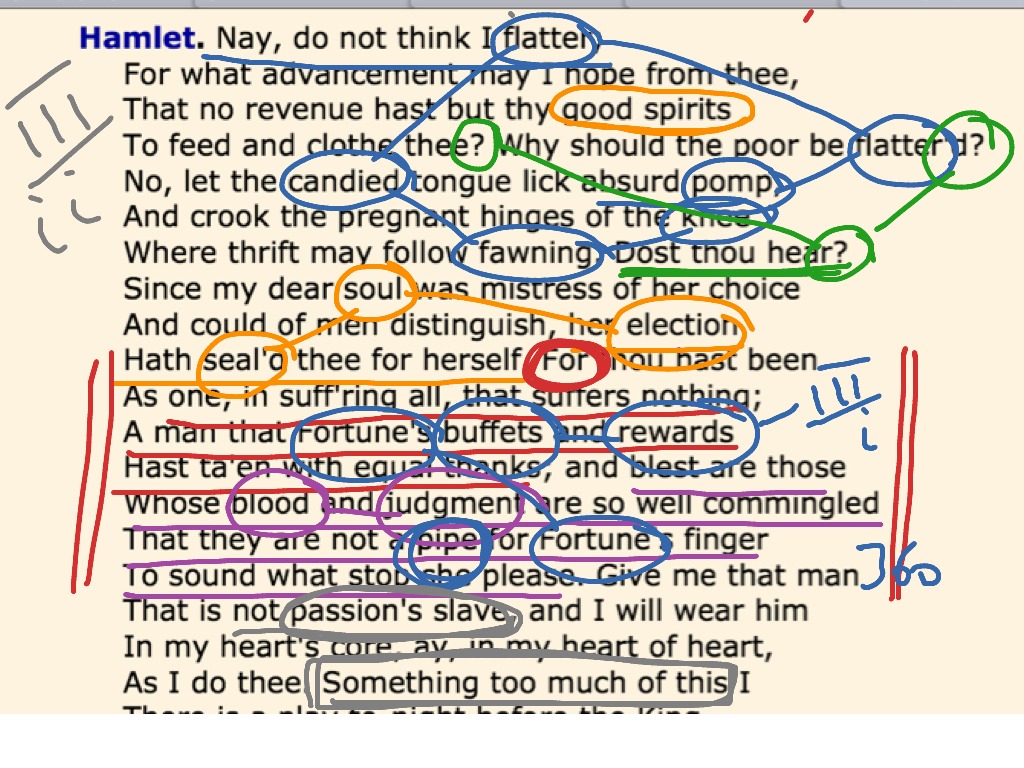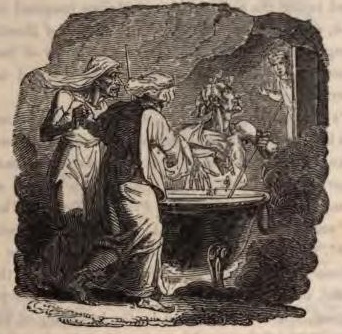
Some claim that the character of Hamlet was named after Shakespeare’s only son Hamnet, who died at age 11 only five years prior to his writing of Hamlet in 1601. But where did the inspiration for this tragic, vengeful, melancholy play come from? Although nothing has been verified, rumors abound. Shakespeare wrote more than three dozen plays in his lifetime, including what is perhaps his most iconic, Hamlet. Inspiration Behind Hamlet and "To Be or Not to Be" In this sense, humans are so fearful of what comes after death and the possibility that it might be more miserable than life that they (including Hamlet) are rendered immobile. This realization is what ultimately gives Hamlet (and others, he reasons) "pause" when it comes to taking action (i.e., committing suicide). However, he quickly changes his tune when he considers that nobody knows for sure what happens after death, namely whether there is an afterlife and whether this afterlife might be even worse than life. Hamlet initially argues that death would indeed be preferable: he compares the act of dying to a peaceful sleep: "And by a sleep to say we end / The heart-ache and the thousand natural shocks / That flesh is heir to." He begins by asking whether it is better to passively put up with life’s pains ("the slings and arrows") or actively end it via suicide ("take arms against a sea of troubles, / And by opposing end them?"). Interestingly, Hamlet poses this as a question for all of humanity rather than for only himself. The first line and the most famous of the soliloquy raises the overarching question of the speech: "To be, or not to be," that is, "To live, or to die." Though he believes he is alone when he speaks, King Claudius (his uncle) and Polonius (the king’s councilor) are both in hiding, eavesdropping. Specifically, he wonders whether it might be preferable to commit suicide to end one's suffering and to leave behind the pain and agony associated with living.

In this scene, often called the "nunnery scene," Prince Hamlet thinks about life, death, and suicide. The "To be or not to be" soliloquy appears in Act 3, Scene 1 of Shakespeare’s Hamlet. "To Be or Not to Be": Meaning and Analysis

You can also view a contemporary English translation of the speech here. With this regard their currents turn awry,Īnd lose the name of action.-Soft you now! Is sicklied o'er with the pale cast of thought, Thus conscience does make cowards of us all The undiscover'd country from whose bournĪnd makes us rather bear those ills we have With a bare bodkin? who would fardels bear,īut that the dread of something after death, That patient merit of the unworthy takes, The pangs of despised love, the law's delay, The oppressor's wrong, the proud man's contumely, When we have shuffled off this mortal coil,įor who would bear the whips and scorns of time, To sleep: perchance to dream: ay, there's the rub įor in that sleep of death what dreams may come That flesh is heir to, 'tis a consummation The heart-ache and the thousand natural shocks Or to take arms against a sea of troubles,Īnd by opposing end them? To die: to sleep

The slings and arrows of outrageous fortune, Whether 'tis nobler in the mind to suffer To be, or not to be, that is the question, The famous "To be or not to be" soliloquy comes from William Shakespeare’s play Hamlet (written around 1601) and is spoken by the titular Prince Hamlet in Act 3, Scene 1.
#MACBETH ACT 3 SCENE 2 FULL#
In this comprehensive guide, we give you the full text of the Hamlet "To be or not to be" soliloquy and discuss everything there is to know about it, from what kinds of themes and literary devices it has to its cultural impact on society today.įull Text: "To Be, or Not to Be, That Is the Question"

It’s a line we’ve all heard at some point (and very likely quoted as a joke), but do you know where it comes from and the meaning behind the words? "To be or not to be" is actually the first line of a famous soliloquy from William Shakespeare’s play Hamle t. "To be, or not to be, that is the question."


 0 kommentar(er)
0 kommentar(er)
